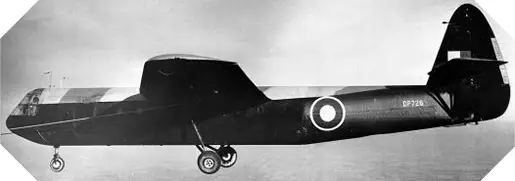Airspeed A.S. 51 Horsa glider
History, technical sheet and photo

Horsa glider history
It is within the framework of preparations of airborne invasions that the gliders are imagined: they must be able to transport about thirty equiped soldiers or light equipment like Jeep or short cannons.
At the beginning of the Second World War, the British developed a glider capable of transporting 25 armed soldiers in addition to the pilot and copilot. The prototype of the Horsa glider takes off on September 12, 1941 and production begins a few months later.
Trailed by bombers or transport planes, Horsa gliders are used for the first time in Norway. Later, in July 1943, they took part in the invasion of Sicily alongside American Waco models.
Three different versions were built (Airspeed AS 51, Airspeed Mk I, Airspeed Mk II) during the Second World War, and many aircraft were used during Operation Overlord’s British Airborne Actions on 6 June 1944, ‘Are landing beaches. This is particularly the case of the assault of the bridge of Bénouville, the famous Pegasus Bridge, by the men of Major Howard.
Horsa glider specification
Creator/USer: Britain
Denomination: Airspeed AS 51 Horsa
Length: 20,40 m
Wingspan: 26,80 m
Height: 5,94 m
Unloaded weight: 3,797 kg
Maximum speed: 290 km/h
Transport capacity: 25 equipped soldiers
Crew: 2 pilots
